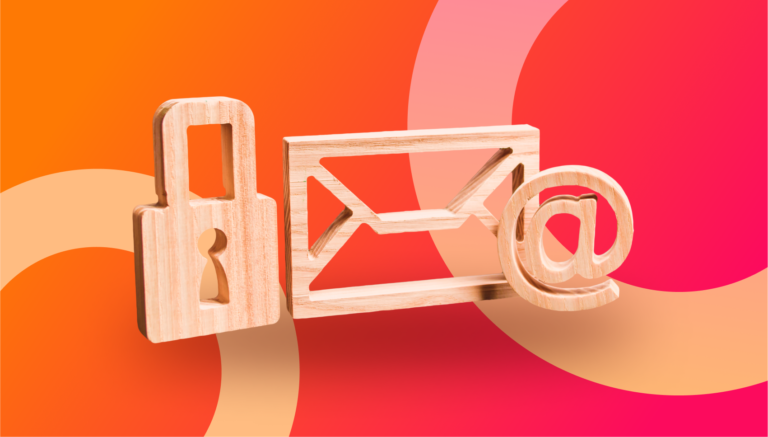Effectively managing follow-up emails is essential for nurturing leads and maintaining prospect interest. The timing, or optimal delays between follow-up emails, plays a critical role in achieving these goals. By carefully balancing persistence with patience, you can enhance your communication strategy and increase engagement rates.
Understanding the Importance of Optimal Delays Between Follow-Up Emails
The timing of your follow-up emails influences how your messages are perceived and the likelihood of receiving a response. Sending follow-up emails too frequently can annoy prospects and lead to unsubscribes while waiting too long can result in lost interest or forgotten initial contacts. Therefore, finding the optimal delay between emails is crucial for maintaining a positive and effective communication strategy.

General Guidelines for Optimal Delays in Follow-Up Emails
While there’s no one-size-fits-all answer, several general guidelines can help you determine the appropriate delay between follow-up emails:
1. Initial Follow-Up
The first follow-up email should typically be sent three to six days after the initial contact. This timeframe ensures the prospect has had enough time to read and consider your first email but hasn’t forgotten about it. This follow-up serves as a gentle reminder and helps keep your communication top of mind.
Example:
You send an initial email to a prospect on Monday. Schedule your first follow-up email for Thursday or Friday of the same week, or six days later on the following Tuesday. This timing serves as a reminder of your initial outreach and allows you to check if they have any questions.
2. Subsequent Follow-Ups
For subsequent follow-ups, the delay can be extended to a week or more. This gradual increase in delay respects the prospect’s time and avoids overwhelming them with too many emails. As a rule of thumb, consider the following sequence:
- First Follow-Up: 4-6 days after the initial email.
- Second Follow-Up: 4-6 days after the first follow-up.
- Third Follow-Up: 5-6 days after the second follow-up.
- Fourth Follow-Up and Beyond: 10-14 days after the previous follow-up.
Factors Influencing Optimal Delays Between Follow-Up Emails
Several factors can influence the optimal delay between follow-up emails. Adjusting your timing based on these considerations can help tailor your approach to different prospects and situations.
1. Industry and Market Norms
Different industries have varying expectations regarding communication frequency. Research your target industry to understand standard practices and adjust your follow-up timing accordingly. For example, shorter delays might be acceptable in fast-paced industries like tech startups, whereas in more traditional industries, longer delays might be preferred.
2. Prospect Engagement
Monitor the engagement levels of your prospects to determine the appropriate delay. If your response rate is gradually increasing, it indicates that prospects are showing interest and might be receptive to more frequent follow-ups. Conversely, if prospects are not interacting with your emails, consider extending the delay to avoid appearing too aggressive.
3. Sales Cycle Length
The length of your sales cycle can also impact the optimal delay between follow-up emails. For longer sales cycles, spreading out your follow-ups over a more extended period can help maintain engagement without overwhelming the prospect. Shorter sales cycles might require more frequent follow-ups to keep the momentum going.
Tailoring Email Delays in Follow-Up Emails
To maximise the effectiveness of your follow-up emails, consider implementing the following best practices:
1. Personalize Each Follow-Up
Personalization is key to keeping your follow-up emails relevant and engaging. Reference previous interactions, mention specific pain points, and tailor your message to the prospect’s needs. Personalized emails are more likely to capture attention and elicit responses.
“Hi [Prospect’s Name], I wanted to follow up on our conversation about [specific challenge]. Here’s a case study showing how we helped a similar company overcome this issue.”
2. Provide Value in Every Email
Ensure that each follow-up email offers value to the prospect. This could be in the form of useful information, industry insights, case studies, or solutions to their challenges. Providing value helps build trust and positions you as a helpful resource rather than a pushy salesperson.
Example:
“Hi [Prospect’s Name], I thought you might find this whitepaper on [relevant topic] useful as it addresses some of the challenges we discussed.”
3. Vary Your Content and Approach
Avoid sending the same message repeatedly. Instead, vary your content and approach to keep your follow-ups fresh and interesting. For example, if your first follow-up was a simple reminder, your second could include a case study, and your third could offer a free resource or invite to a webinar. Additionally, update the content of your follow-up emails monthly to maintain high deliverability rates and sustain your prospect’s interest.
Leveraging Outbase Features for Follow-Up Success
Outbase provides several features to enhance your follow-up strategy:
- Email Automation: Outbase allows you to set up automated follow-up sequences, ensuring timely and consistent outreach.
- Personalisation: Easily customise your emails with personalised fields (variables) to make each message more relevant.
- Phone Numbers: For some prospects, Outbase provides phone numbers. This allows you to follow up with a call, providing another touchpoint to engage with your prospect.
Monitoring and Adjusting Your Strategy
Continuously monitor the performance of your follow-up emails to identify what works best for your audience. Track metrics such as click rates, response rates and lead rates to gauge the effectiveness of your timing and content. Use this data to refine your follow-up strategy and optimise your email delays.
Example:
If you notice that your third follow-up emails have a low response rate, consider adjusting the content or timing to improve engagement.
Conclusion
Determining the optimal delay between follow-up emails is a critical component of a successful sales and marketing strategy. By understanding the importance of timing, considering influencing factors, and tailoring your approach, you can enhance your communication efforts and improve engagement with your prospects. Implement these best practices to strike the right balance between persistence and patience, ensuring that your follow-up emails are both effective and well-received.



